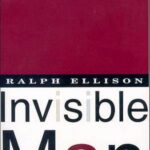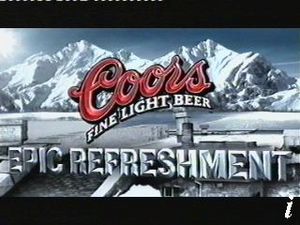The setting in A Prayer for Owen Meanie, interestingly enough, is set in two places at two different times. The narrator, John Wheelwright, writes about his childhood memories from Toronto, Canada in the 1980s. Throughout the book, Irving creates an fragmented, flashback effect when the two settings are swapped, although this confuses me sometimes and it’s not until the end of the book that most of what John says makes sense. I have a feeling that A Prayer for Owen Meany is a book you’d better read twice to understand thoroughly.
I place the time period to be from the 1940s on. Much of the book deals with the Vietnam War, which occurred in the 1960s and when John barely slips into adult life. The Vietnam War adds depth to the time- a time of governmental incompetence, lies, and outright atrocities. Especially as an adult, John is consumed with anger at the slightest thought of the war that killed his best friend- he is so obsessed with it that he offends his Torontonian friends, who believe that he is thoroughly un-Canadian. As the new generation of 9-11 and the Iraq War on “Terror”, I feel like I can especially connect with the story.
The narration kicks off with John as a young child in Sunday school and, as the story progresses, we gradually learn his history up till when he makes Toronto his home. The town of his birth doesn’t particularly thrill me- it could be a typical town except more Christian focused. Gravesend, New Hampshire seems to be a nice to live, with an almost St. Petersburg air (or course I mean the Missouri one where one fictional Tom Sawyer and Huck Finn lived)- not quite a overgrowth of wildlife like the White Mountains nor a busy, urban city like Boston where John’s mother takes singing lessons. The people here know each other by name and comfortably (though not always) coexist. John’s acquaintance with most of the people in Gravesend allows him to give detailed accounts of the various people that he meets; during the amateur theater productions, he recognizes everyone and he plays a game in which he tries to populate the baseball stands of the game in which his mother died. He speculates that his mother had waved to his father (which she did). Later on in Toronto, John appears to be as isolated physically from the United States and also from the Canadians around him.
Another aspect of the story is the lumberocracy that allows the Wheelwright family to attain a sort of aristocracy-level position in the town. At the other side of the table, the Meany are frowned upon (at least by Harriet Wheelwright) because of their unsuccessful business and the connection between granite and tombstones. I find the relationship between the history of Gravesend and the events of the book particularly interesting. Reverend John Wheelwright, our John’s namesake, founded the town by buying it from the local sagamore. Instead of signing his name on the deed, he made a mark of his totem- an armless man. Later on, Owen Meany removes the arms and head of a giant stature of Mary Magdalene from the the Catholic School (Aha! Irony alert) and bolts it to the Gravesend Academy stage. At last, when Owen Meany sacrifices his life for Vietnamese children, he loses his arms. “Both of Owen Meany’s arms were missing-they were severed just below his elbows, perhaps three quarters of the way up his forearms; but he’d not begun to bleed too badly, not yet.” (692) Everything at this points comes together- “REMEMBER ALL OUR PRACTICING?…. REMEMBER WATAHANTOWET?” (692) Owen recalls as he dies.


